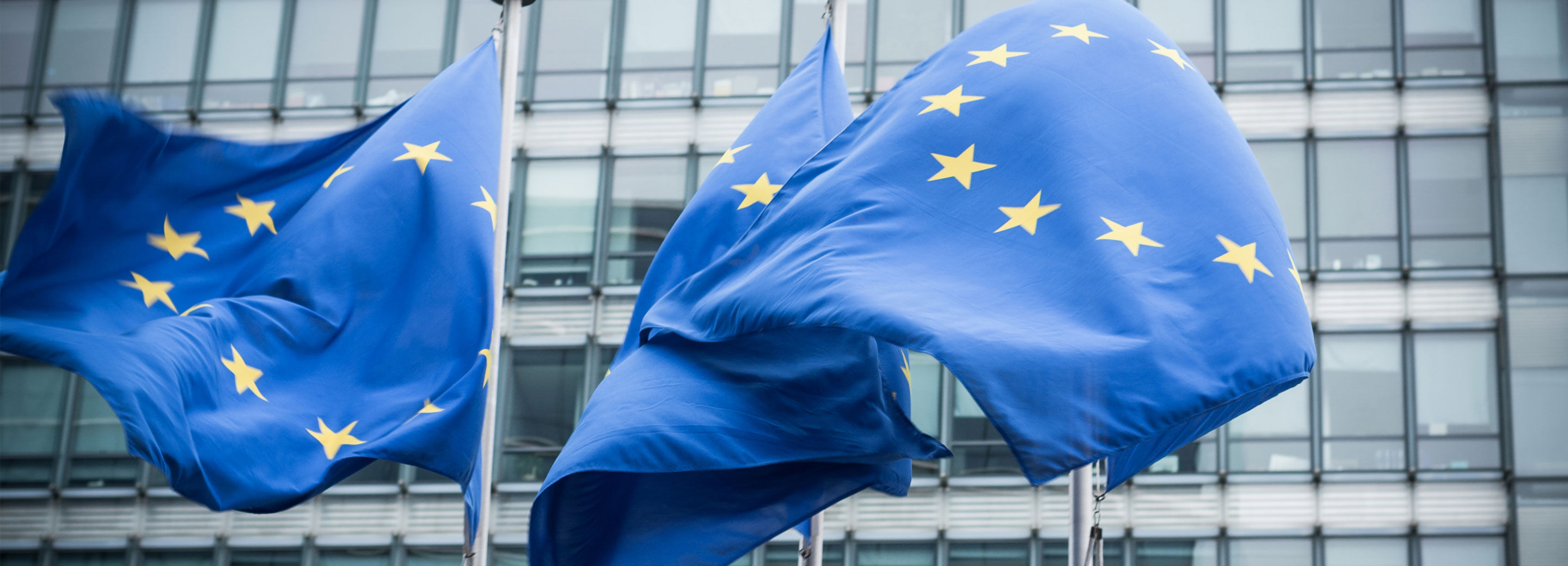Peter Boerhof is the Senior VAT Director for Vertex. In his role, he provides insight and thought leadership regarding the impact of tax regulations, policy, enforcement, and emerging technology trends in global tax. Peter has extensive experience in international transactions, business restructuring, tax process optimisation, and tax automation. Prior to joining Vertex, Peter was responsible for leading the indirect tax function at AkzoNobel, where he designed and implemented a tax control framework, optimised VAT, and managed the transition to a centralised tax operating model for global tax processes.
He was also responsible for indirect tax planning and compliance for merger and acquisition, supply chain, and ERP projects, as well as the implementation of tax automation initiatives like tax engines and robotics. Boerhof also worked at KPN Royal Dutch Telecom managing VAT, as well as Big Four accounting firms Deloitte and Ernst & Young (EY) advising on VAT compliance and optimisation processes. Boerhof holds an MBA from the Rotterdam School of Management and a master’s in tax law from the University of Groningen.


